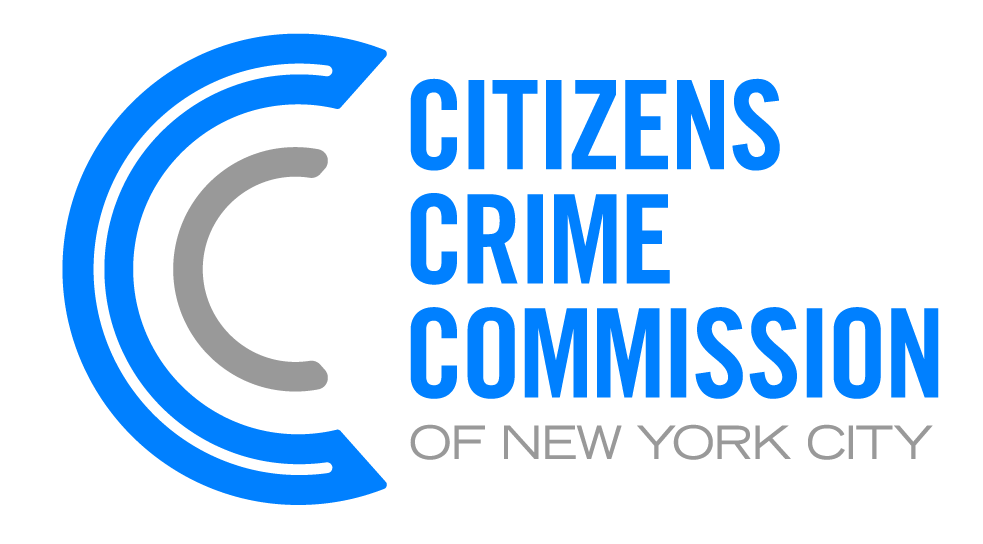A WELCOME MESSAGE
from Richard Aborn, President of the Crime Commission
Welcome to the online home of the Citizens Crime Commission of New York City. I hope you will find this website to be a valuable resource for information about the commission, its history, and about our efforts to improve the law enforcement and criminal justice system in our community.
We live in a challenging moment in the ongoing fight against crime. We are currently in a period of unprecedented declines in crime. Violent crime hasn't been as low as today since the 1960's; and despite the economic downturn, crime continues to decline. Significant changes in policing techniques started in the early 1990's and continue to this day. All indications are that these policing techniques continue to be effective, though we must carefully watch crime rates.
From the Crime Commission's perspective, it's a crucial—and an especially interesting—time in law enforcement and criminal justice, both in New York and nationwide, for a number of reasons, including:
First, the compelling need to address the multitude of issues related to counter-terrorism in a way that local police forces have never had to deal with before, and finding innovative ways to work with the business community to protect our neighborhoods and economic infrastructure;
Second, we are now firmly in the era of "information-led policing," which means that the need for real-time intelligence, analytics, and information about crime patterns is now guiding both the strategy of local police departments and the allocation of law enforcement resources;
Third, we are also entering an era of "regional policing." Neither terrorism nor crime has any respect for municipal boundaries. To be effective today, police departments must overcome their traditional reluctance to share information beyond their own borders to an unprecedented degree. Interestingly enough, the New York Police Department was perhaps the original experiment in "regional policing" in that it is one urban police department serving five different counties—almost completely contrary to the typical structure across the rest of the country; and
Fourth, we are very fortunate to be in an era of sustained reductions in crime, which has brought numerous advantages to our community. The police have been extremely successful in reducing crime and improving public safety and this gives us the opportunity to address other relevant interventions which are not strictly the province of police, but could have a major impact on criminal activity, for example:
- Addressing the problem of high rates of recidivism (repeat offenders who are released from jail only to commit more crimes) through careful and sustained discharge planning and other interventions;
- Carefully studying the relationship between mental health and crime to provide resources necessary to help individuals in need and to protect the community;
- Breaking down the barriers between government agencies—"silo busting"—to deliver comprehensive interventions that deter criminal behavior; and
- Being vigilant about the ever-present scourge of guns in our community and thinking creatively and comprehensively about ways to stop illegal guns from flooding our neighborhoods. Using cutting-edge ballistic fingerprinting technology, coupled with strong law enforcement networks that investigate illegal gun trafficking at its source, we can greatly reduce the number of illegal guns;
- Focusing on youth crime in a way that we have never done before and dedicating ourselves to doing all we can to deter kids from a life of crime before it is too late; and
- Developing a much better understanding about what works in crime prevention and what doesn't. We must measure the effectiveness of the dollars we spend on programs geared toward reducing crime.
I hope you will have the opportunity to further explore the Crime Commission's website and please do not hesitate to contact us if you have any questions or comments: info@nycrimecommission.org
Truly yours,
Richard M. Aborn
